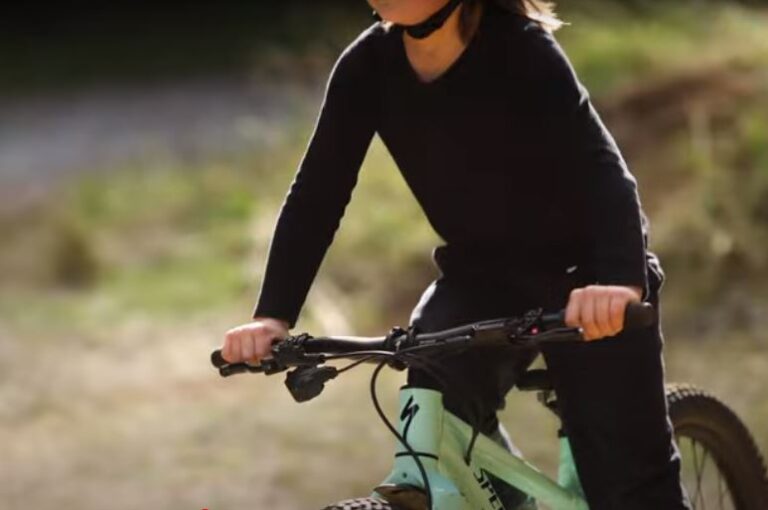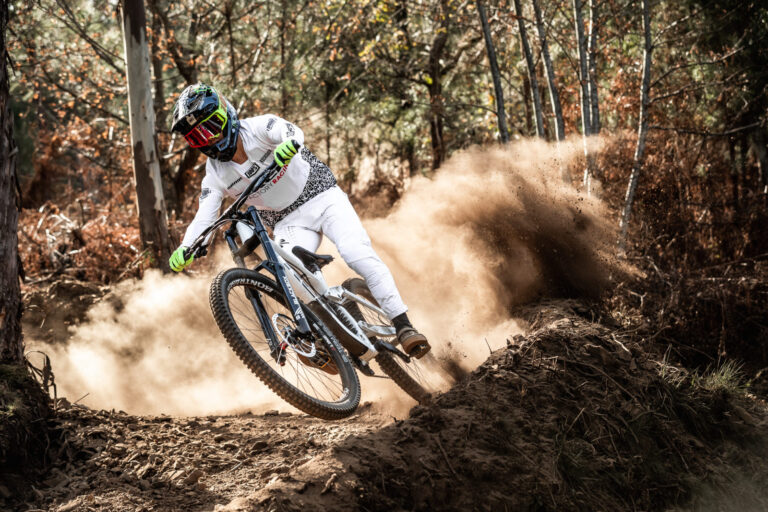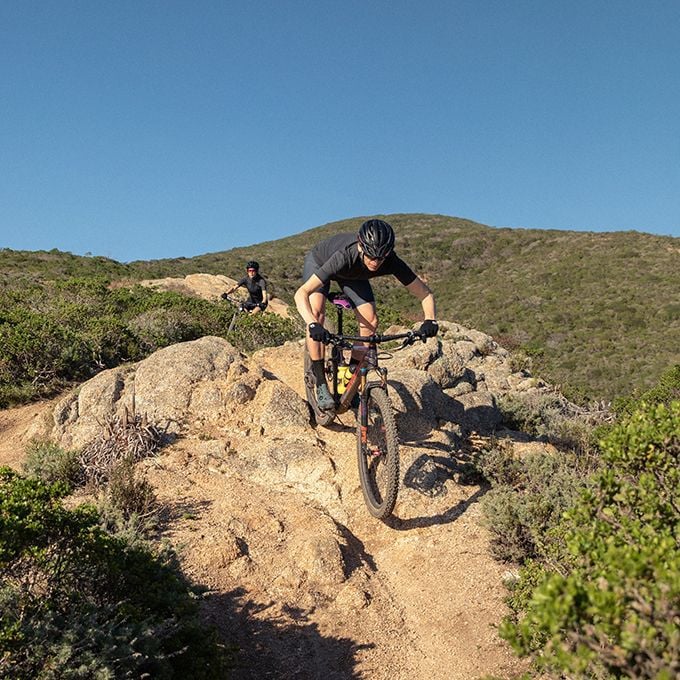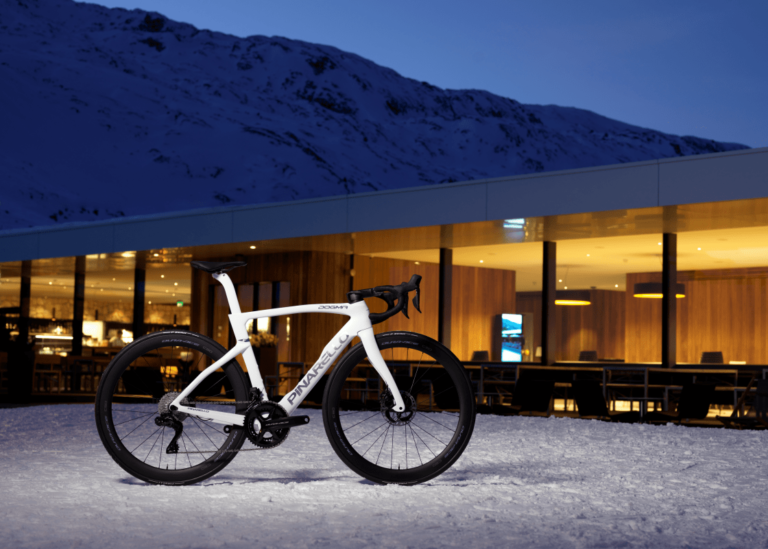Choosing Your Path: Navigating Wheel Size Options for Trail Bikes
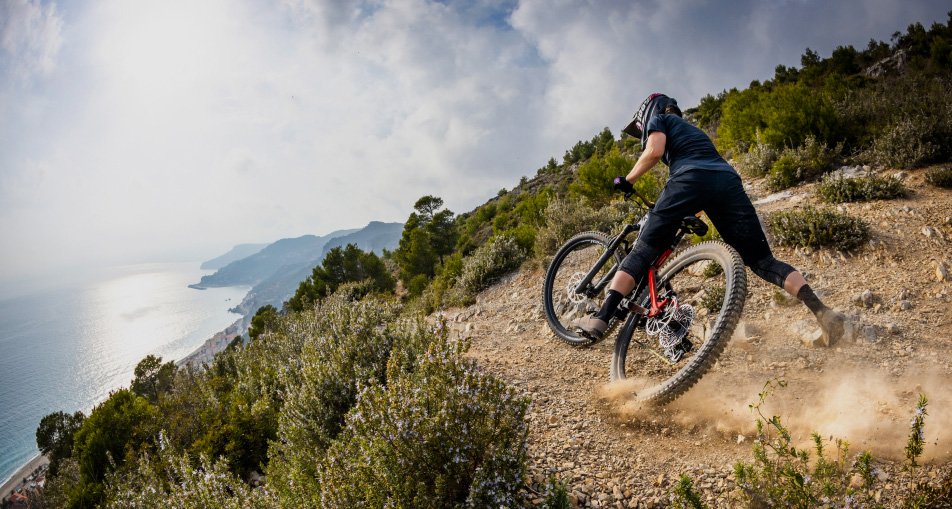
Key Point Summary of Wheel Size Options for Trail Bikes:
- Wheel Size Options: Explore the main wheel sizes for trail bikes: 29-inch (29er) and 27.5-inch (650b).
- Performance Differences: Understand how each wheel size affects handling, speed, and maneuverability on the trails.
- Terrain Suitability: Learn which wheel size might be better suited for specific types of terrain and riding styles.
- Personal Preference and Fit: Recognize the importance of personal preference and physical fit when choosing a wheel size.
Diving into the world of trail biking as a seasoned cyclist, I’ve ridden my fair share of bikes across a spectrum of terrains. From the snaking singletracks aboard cyclocross bikes to the demanding descents on mountain bikes, each ride is a story etched in the tread of my tires.
Among the myriad of factors that influence the ride quality and performance of a trail bike, wheel size stands out as a pivotal choice for anyone from beginners to mid-level enthusiasts. Let’s embark on a journey through the realms of 29-inch and 27.5-inch wheels, as I share insights from my adventures and how they might inform your choice of chariot.
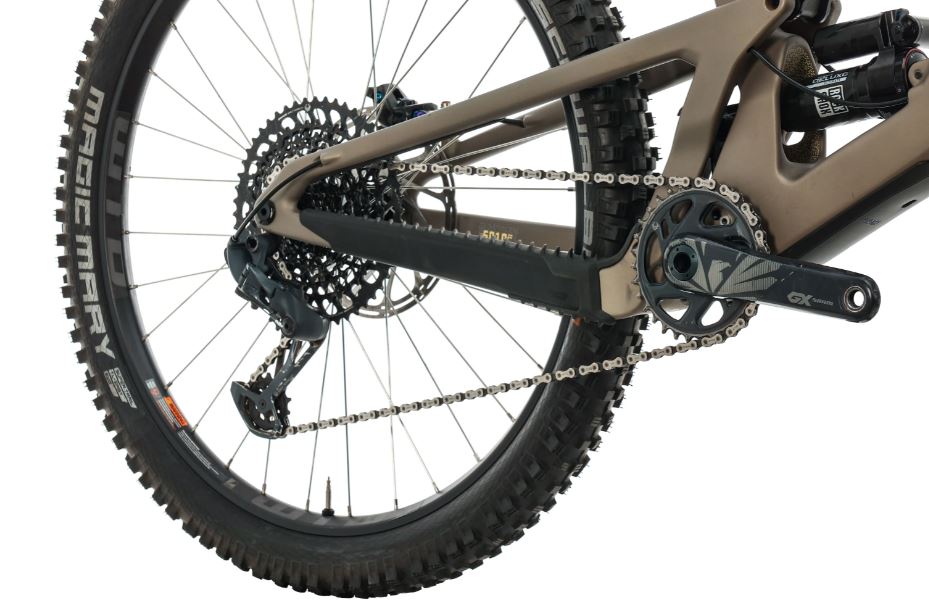
The Tale of Two Sizes
The debate between 29ers and 27.5-inch wheels is as old as the modern mountain bike itself. When I first transitioned from the nimble cyclocross steeds to the ruggedness of mountain bikes, the 29er was gaining ground. Its larger diameter wheels promised faster rolling over obstacles and improved traction—a theory I put to the test on my local trails.
The 29er Experience
Riding a 29er feels like wielding a double-edged sword. On one hand, the larger wheels offer remarkable speed and roll-over capability, making root-laden climbs and rocky descents feel less intimidating. I remember tackling a particularly gnarly section of my favorite trail, one that had always served as a harsh judge of a bike’s mettle. The 29er floated over obstacles that would have snagged the smaller wheels, turning a challenging segment into a high-speed rollercoaster.
However, the size of these wheels also means a slight compromise in agility. Switchbacks and tight, technical sections required a bit more effort to navigate. It’s a trade-off that becomes a significant consideration depending on your local terrain and riding style.
The 27.5-inch (650b) Agility
Conversely, the 27.5-inch wheels strike a different balance. I recall the first time I took a 650b bike through a particularly twisty trail. The difference in handling was palpable. These bikes felt more nimble, more willing to change direction on a whim. For trails dense with hairpins and steep, technical descents, the 27.5-inch wheels offered a playfulness that the 29ers couldn’t match.
This agility comes at the cost of some roll-over capability and speed. Smaller obstacles feel larger, and maintaining momentum through rough terrain becomes a bit more of a challenge. Yet, for many, the trade-off is well worth the increased maneuverability and fun factor.

Terrain Suitability and Riding Style
The choice between wheel sizes often boils down to the type of terrain you ride and your personal riding style. For high-speed, open trails with lots of obstacles, the 29er shines, offering speed and stability. In contrast, tighter, more technical trails might call for the agility of a 27.5-inch bike.
Personal Preference and Fit
Beyond the technical aspects, there’s a personal fit to consider. Riders of smaller stature may find 27.5-inch bikes to fit better and feel more manageable, while taller riders might lean towards the natural fit of a 29er. I’ve ridden with folks across the spectrum of sizes and preferences, and it’s clear that comfort and confidence on the bike often outweigh the theoretical performance benefits of one wheel size over the other.
Evolving Perspectives
As my cycling journey continues, I’ve grown to appreciate the nuances of each wheel size. I’ve raced on 29ers, reveling in their speed and stability, and I’ve thrown myself down technical descents on 27.5-inch bikes, delighting in their agility. Each wheel size has its place, and the choice is deeply personal, influenced by the trails you ride, your body, and your riding style.
In the end, the best way to understand the differences and decide which is right for you is to experience both. Many bike shops offer demo days or rental options, providing a perfect opportunity to test out how each wheel size feels on the trails you love.
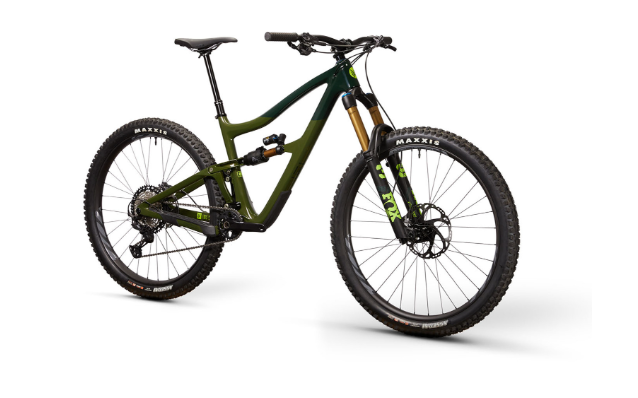
Wheel Size Options for Trail Bikes: Wrapping Up
Choosing the right wheel size for your trail bike is a blend of science, personal preference, and a bit of soul searching. Whether you’re drawn to the speed and grace of a 29er or the agility and playfulness of a 27.5-inch bike, remember that the best bike is the one that puts the biggest smile on your face. So, get out there, test them both, and find your perfect ride.
Here are some top picks across different brands and price points:
1. Specialized Stumpjumper
The Specialized Stumpjumper has long been a favorite among trail riders for its balanced handling, innovative suspension design, and versatility across a wide range of trails. It’s available in both 29er and 27.5-inch versions, catering to different rider preferences.
2. Trek Fuel EX
The Trek Fuel EX is another standout trail bike, known for its comfortable geometry, effective suspension system, and overall capability on both climbs and descents. It’s a great all-rounder that appeals to a wide audience.
3. Santa Cruz 5010
The Santa Cruz 5010 is renowned for its playful handling, courtesy of its 27.5-inch wheels. It excels in tight, technical terrain and is a blast to ride on flowy singletrack, making it a top choice for riders who prioritize agility and fun.
4. Yeti SB130
Yeti’s SB130 is a premium option that offers exceptional performance, especially for those who like to push their limits on descents while still demanding a bike that can climb efficiently. Its innovative suspension setup and geometry make it a favorite among aggressive trail riders.
5. Ibis Ripmo
The Ibis Ripmo is a versatile trail bike that blends the climbing efficiency of shorter travel bikes with the downhill capability of a longer travel enduro bike. Available in both carbon and aluminum frames, it’s a great choice for riders looking for a do-it-all trail bike.
6. Giant Trance
The Giant Trance provides excellent value, with high-quality components and a well-thought-out suspension design that performs well above its price point. It’s a solid choice for riders looking for a capable and reliable trail bike without breaking the bank.
7. Pivot Trail 429
Pivot’s Trail 429 strikes a fine balance between speed and agility, with a lightweight frame, efficient suspension, and geometry that’s as comfortable on long climbs as it is confident on technical descents.
8. Norco Optic
The Norco Optic is a shorter travel trail bike that punches above its weight in terms of downhill performance, thanks to its progressive geometry and suspension tuning. It’s an excellent choice for riders who prefer a nimble ride that can still handle rough trails.
Considerations for Selection
When choosing a trail bike, it’s important to consider how each model fits your specific riding style, local terrain, and budget. Test riding several options, if possible, can provide invaluable insights into how different bikes feel and perform on the trails you ride most often. Additionally, keep in mind that the best bike for you is one that feels comfortable, inspires confidence, and brings joy to your rides.
Happy trails!
John

FAQ
What size tires are best for trail bikes?
The best tire size for trail bikes typically ranges from 2.3 to 2.6 inches in width. This range offers a good balance between traction, cushioning, and rolling efficiency on varied trail conditions.
What size MTB wheels are best for trails?
For mountain bike trails, 29-inch wheels are generally considered the best for rolling over obstacles smoothly and maintaining speed, while 27.5-inch wheels are favored for their agility and better maneuverability in technical terrain. The choice often comes down to personal preference and the specific demands of the trails you ride.
What size are trials bike wheels?
Trials bikes, designed for precision riding and obstacle navigation, typically come with either 20-inch wheels for mod (modified) bikes, which are smaller and more maneuverable, or 26-inch wheels for stock bikes, which offer a bit more stability and obstacle clearance.
